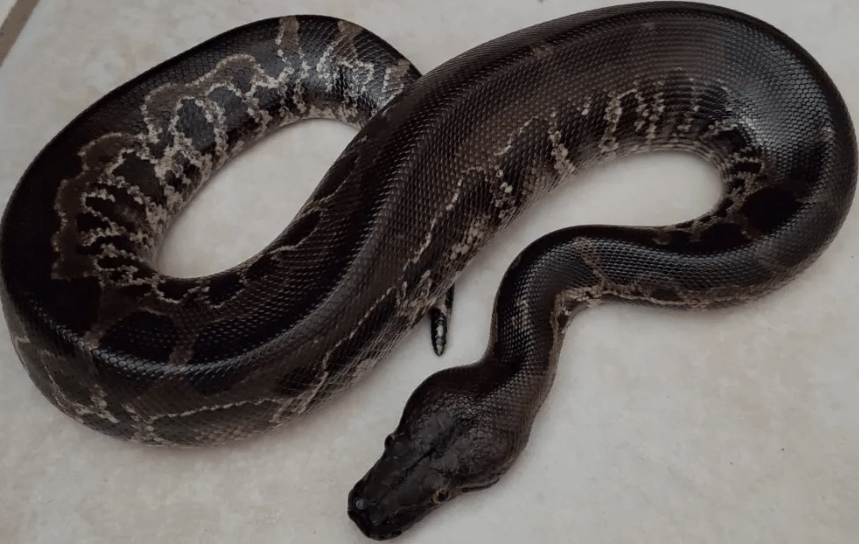
Description
Scientific Name: Python curtus
Lifespan: 20 – 25 years
Compared to its size, this snake has a short, tapering tail, yet its body is heavy and powerful. It is regarded as a medium-sized species of snakes. It typically has red areas and is grayish-brown, tan, or beige in colour. The colour of these marks ranges from brick to blood-red. Males are a little bit smaller than females.
Native Region/Habitat
All around Indonesia, short-tail pythons (Python curtus) can be found. Along with the Riau Archipelago, it can also be found on the neighbouring islands of Lingga, Bangka, Mentawai, and Kalimantan. They live in swamps and jungles the majority of the time, however they occasionally live in dry places close to rivers and streams. They eat small mammals and birds in the wild.
Behavior
A solitary, terrestrial predator, the Sumatran short-tail python lives alone. It is nocturnal, which means that it is only active at night. It is a carnivore, like other snakes. But this short-tail python is a shy and isolated animal. During the mating season, it solely communicates with others. During mating season, if a male’s access to a female is endangered, other males will compete with him for supremacy.
Only the most dedicated reptile owner should own a short-tail python. This kind of snake is not appropriate for novices because of its reputation for being unpredictable and aggressive. The majority of this species are aggressive and prone to striking, though there are some exceptions and they can be tamed to some extent. This python, like many snakes, is not a very friendly creature even in the wild. Be careful when handling it because many owners of this species have had to learn that the hard way.

Care as a Pet/In Captivity
Enclosure Size:
You’ll require an enclosure that is at least 48 inches by 24 inches by 24 inches when your snake is an adult. Larger specimens can require an enclosure that is up to 60 inches long.
Temperature and Humidity:
For this type of snake, conditions with a humidity of roughly 60% to 70% are ideal. Your snake could develop respiratory illnesses if you don’t manage the humidity. A bowl of water might aid in keeping the air damp.
About 88°F should be the temperature under the basking lamp. The snake can move to the other side of the enclosure for a cooler position if the lamp is placed over one side of the enclosure. At the colder end, the temperature should be around 80°F. A heat gradient of 78 to 83 degrees Fahrenheit from the cool to the warm end is typically sufficient. To make sure that the ideal conditions are reached, keep an eye on the temperature and humidity with a digital thermometer and hygrometer.
Food and Water:
A frozen, thawed rat must be fed to young pythons once per week. This rat ought to be just a little bit smaller than the snake’s circumference at its widest point. Feed this species’ young once per week until they are one year old. As it grows, it will lengthen the time between meals and increase the amount of its meals. A 2-4 year old short-tail python only need food every two weeks. A large rat only has to be consumed by an older adult python around every three weeks.
An extremely large python occasionally eats a little bunny. But because of its slow metabolism and lack of activity, your python will quickly gain weight if you overfeed it. If its normally prominent spine appears to disappear, it is overweight. Short-tailed pythons will slither about and suck water from a dish as needed since they must drink fresh water. So, pour water into large pottery or clay basins and replace them frequently.
Table





